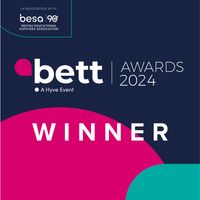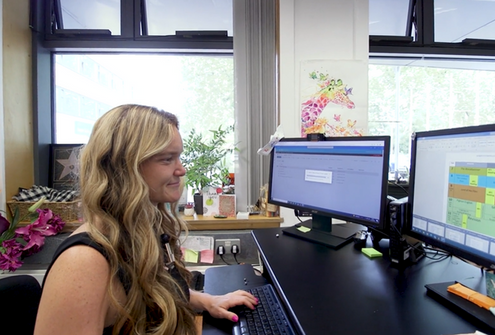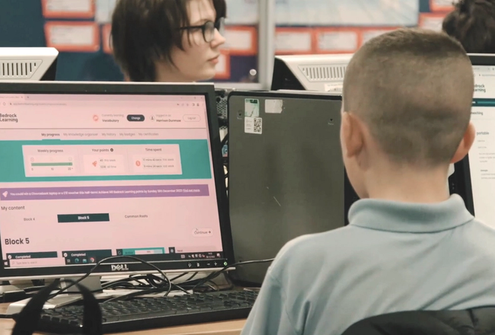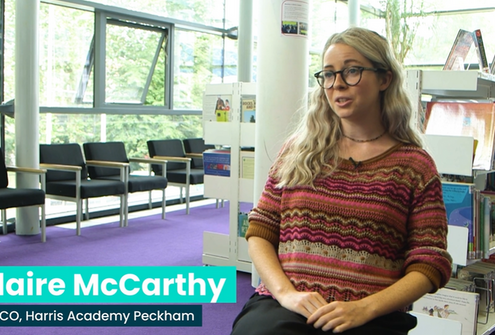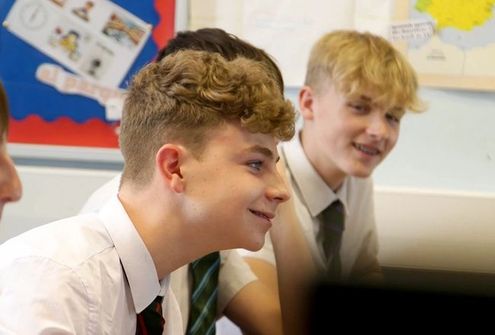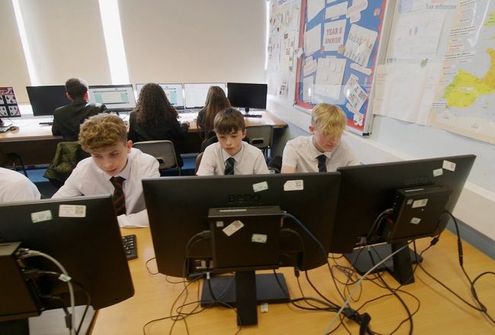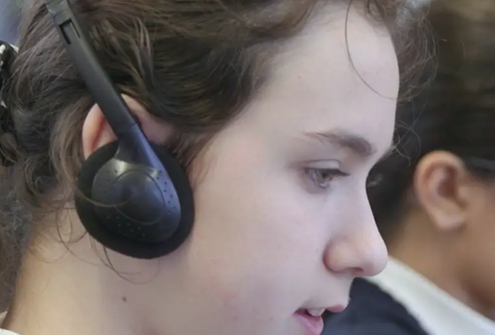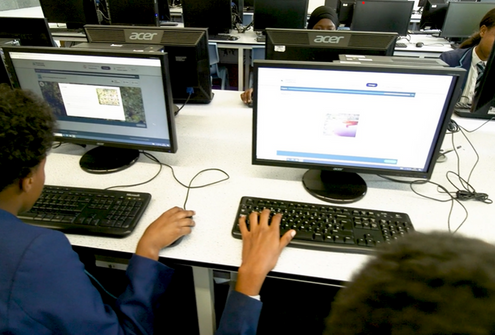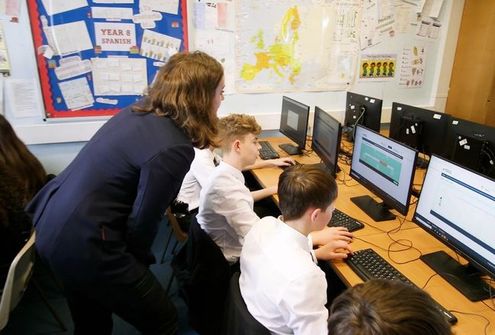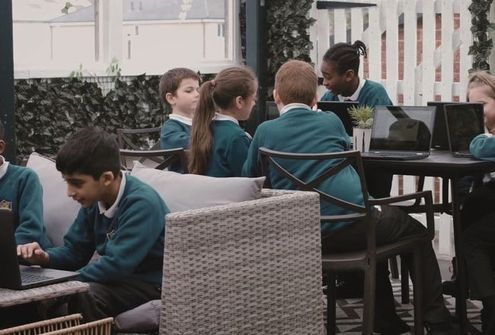Using Bedrock for the humanities at St. Anselm's
Video
Secondary
St Anselm's Catholic School
Back to case studies
School size
1,100
Bedrock users
940
Free School Meals
18%
Ofstead rating
Good
Bedrock partner since
July 2021
Why Bedrock?
Bedrock's impact

School size
1,100
Bedrock users
940
Free School Meals
18%
Ofstead rating
Good
Bedrock partner since
July 2021
It was really fantastic to watch them really come alive with keywords around healthcare and sanitation in the Industrial Revolution - words that our GCSE students struggle with - for them to come in and actually tell us more than our GCSE students knew [was fantastic].
Lucie Turner
History Teacher
We use Bedrock now as a great pre-learning tool. The Mapper words are fantastic. We haven't stopped using keywords, we've continued to use them, but now they're embedded and students are able to see that word and they already know about it, they already feel comfortable with it. They walk into your lesson and tell you what they already know.
Lucie Turner
History Teacher
More brilliant case studies...
Back to case studies

